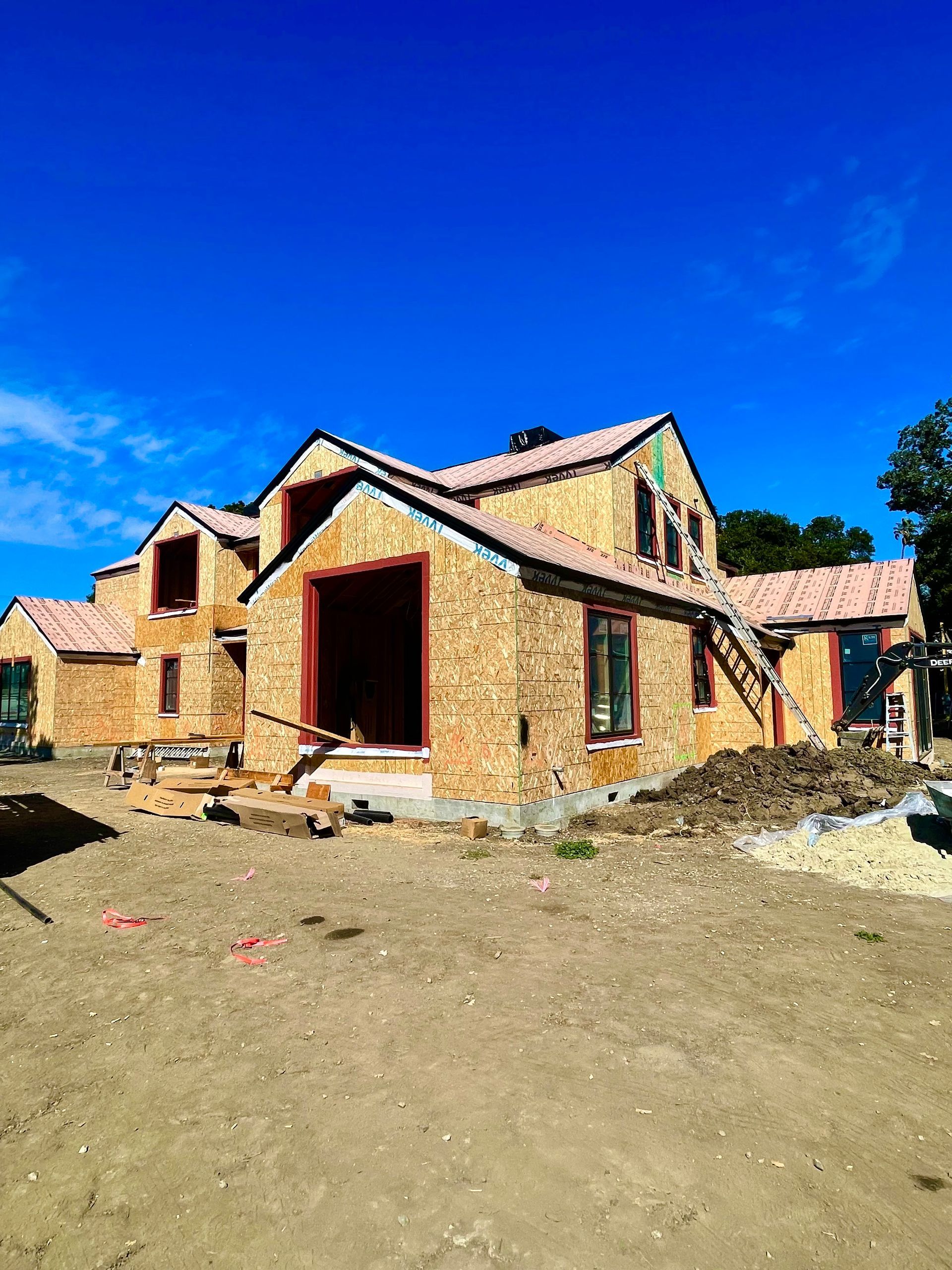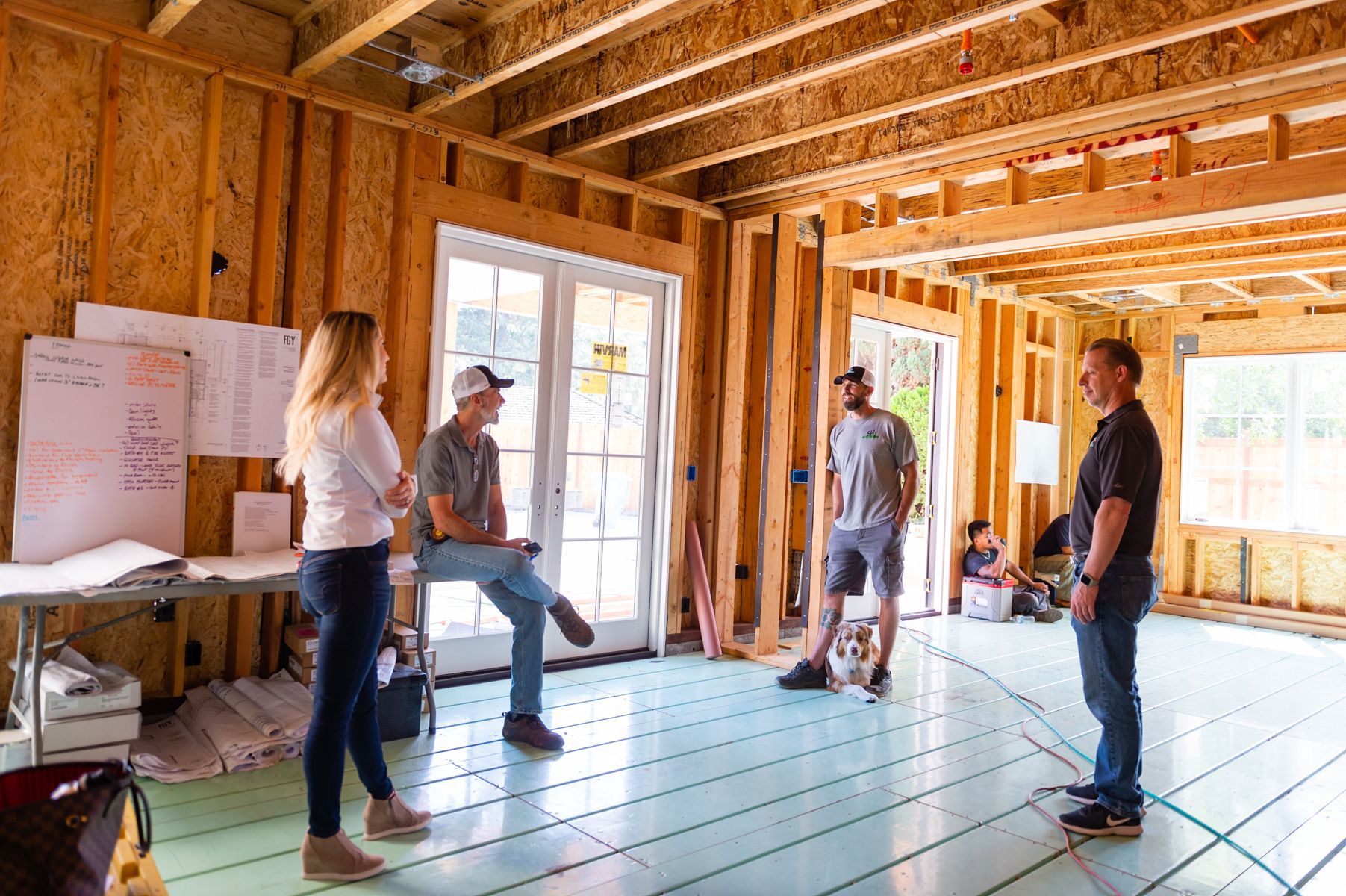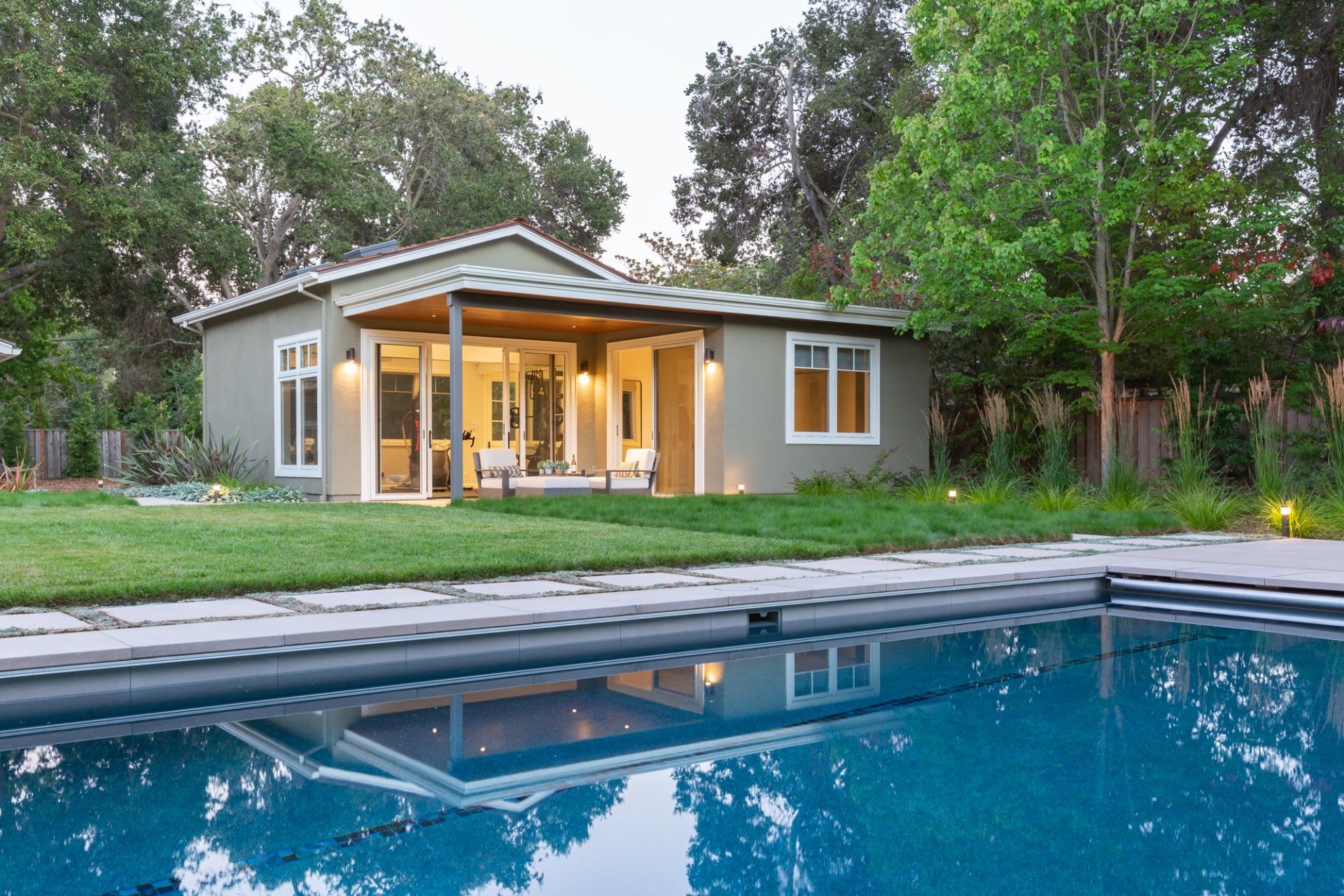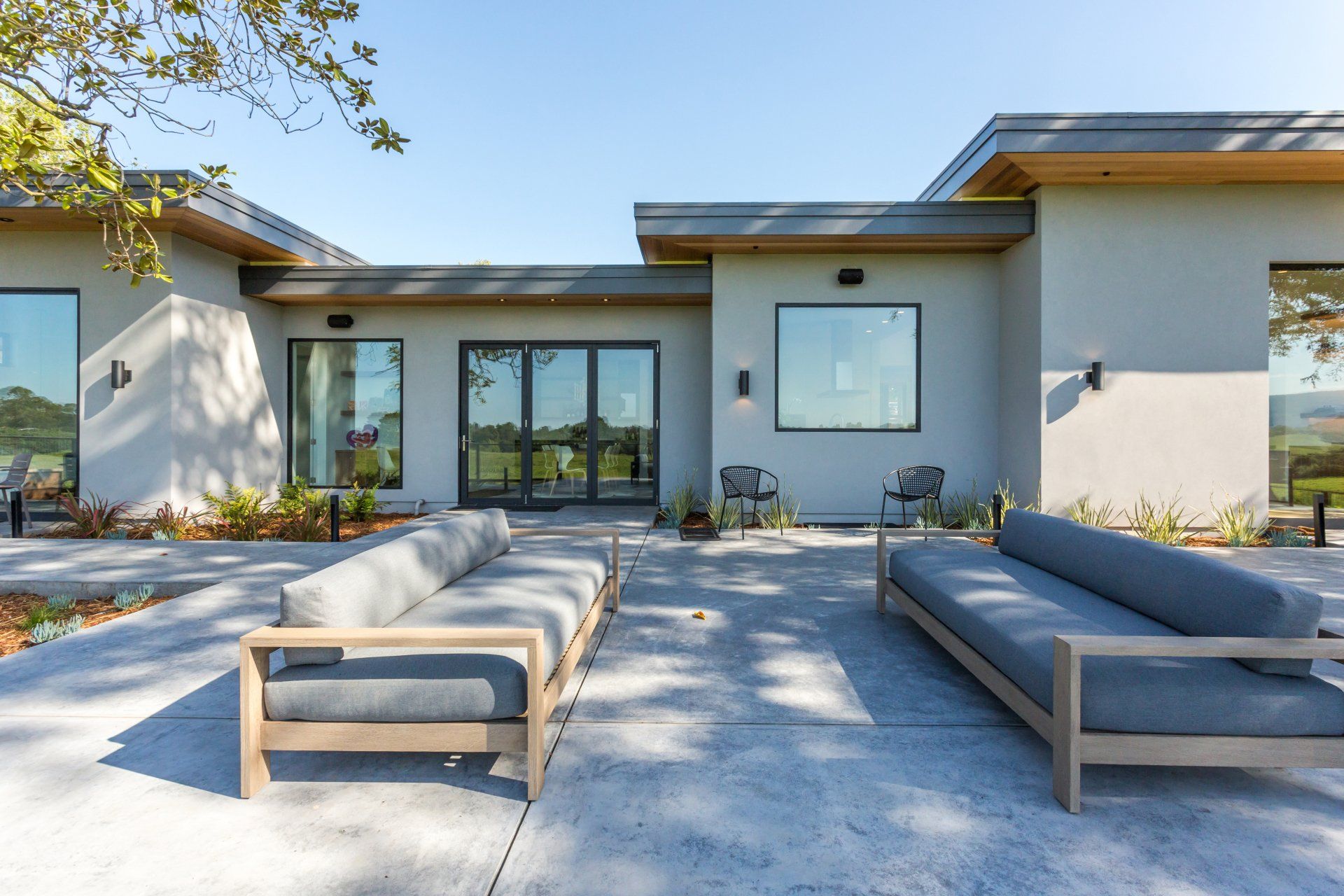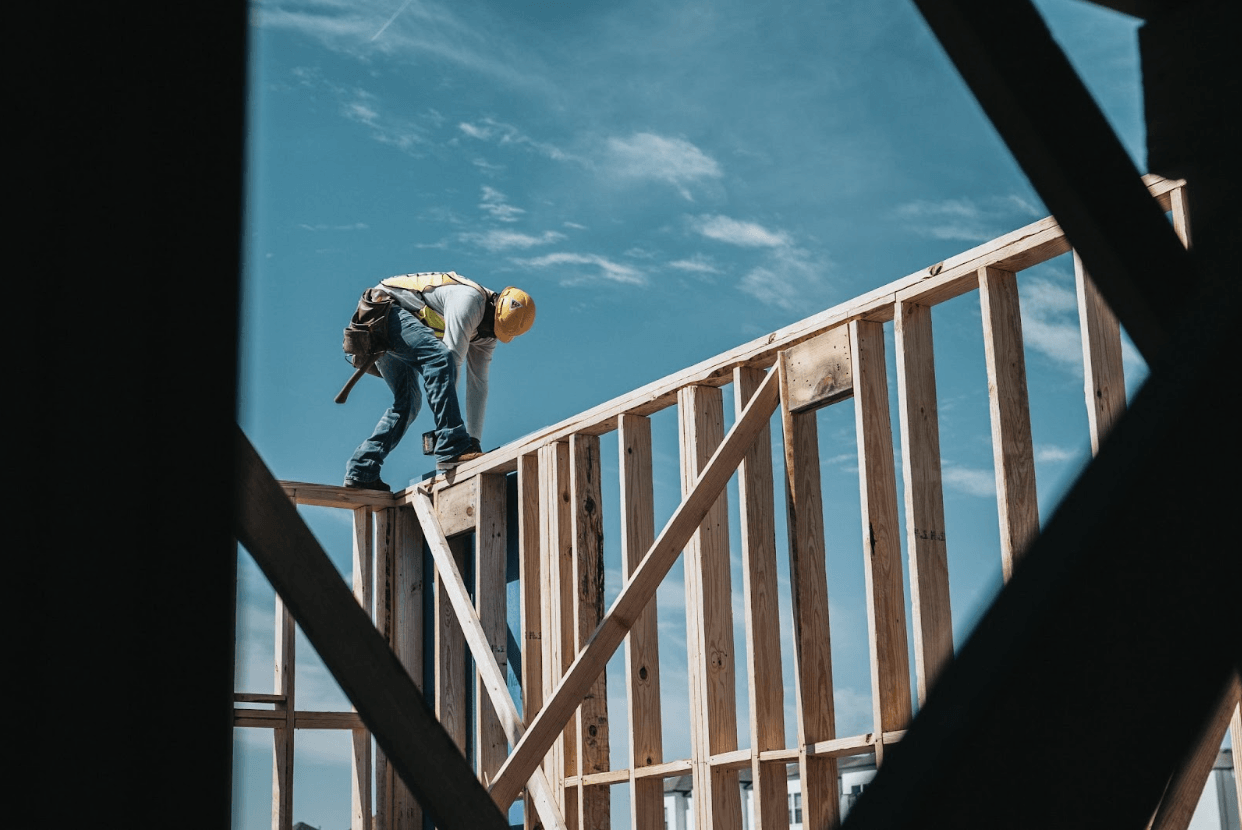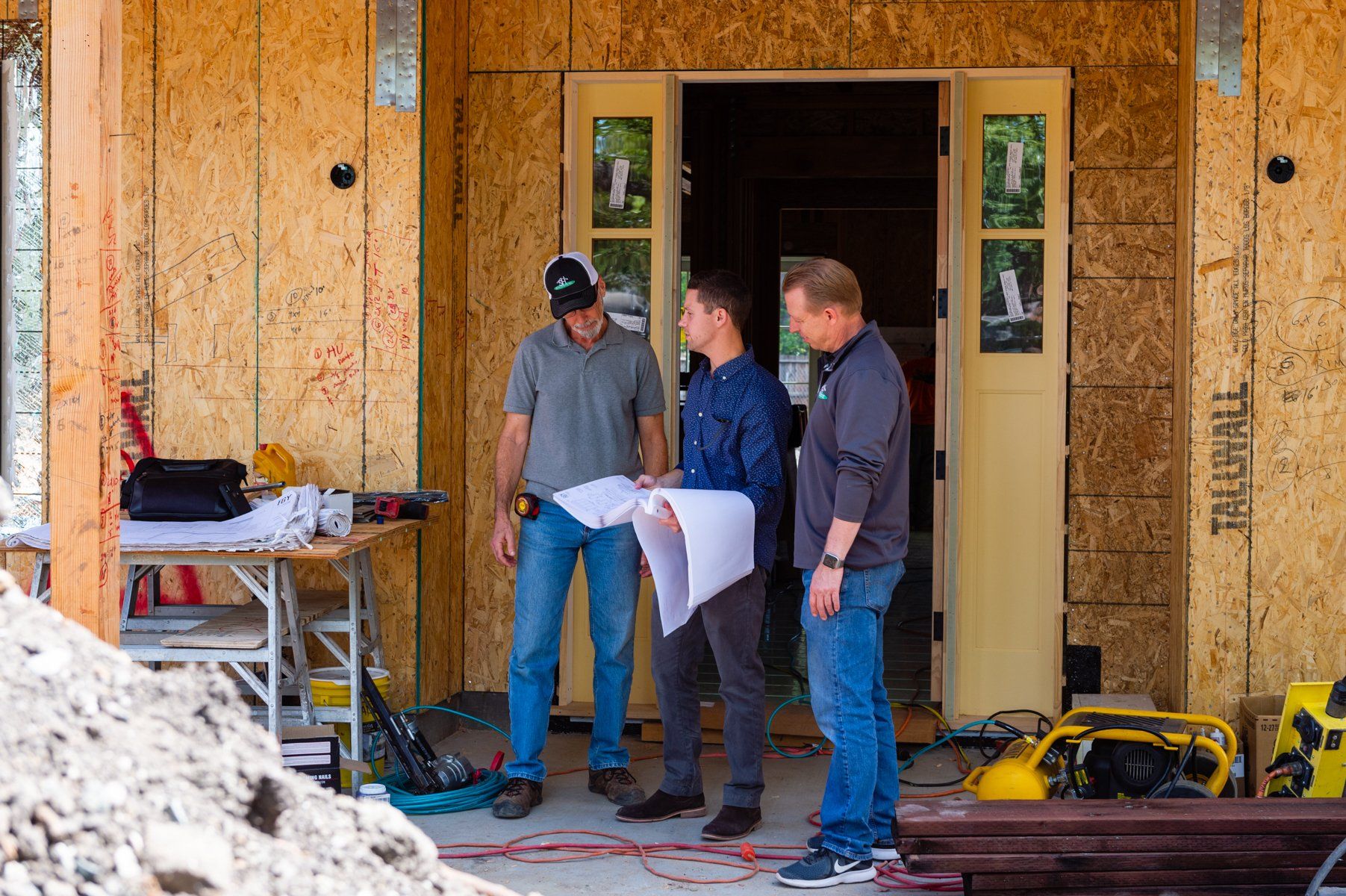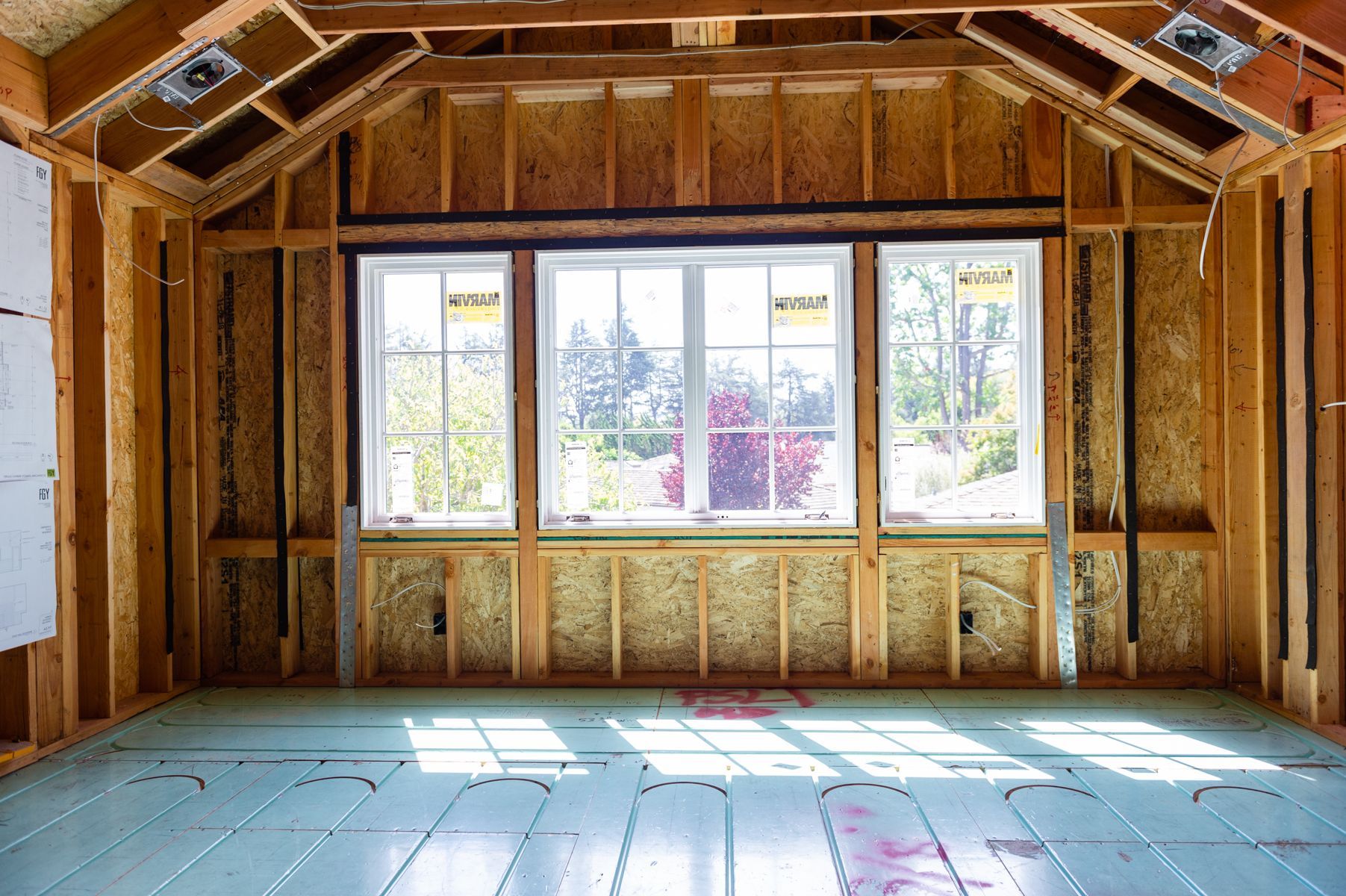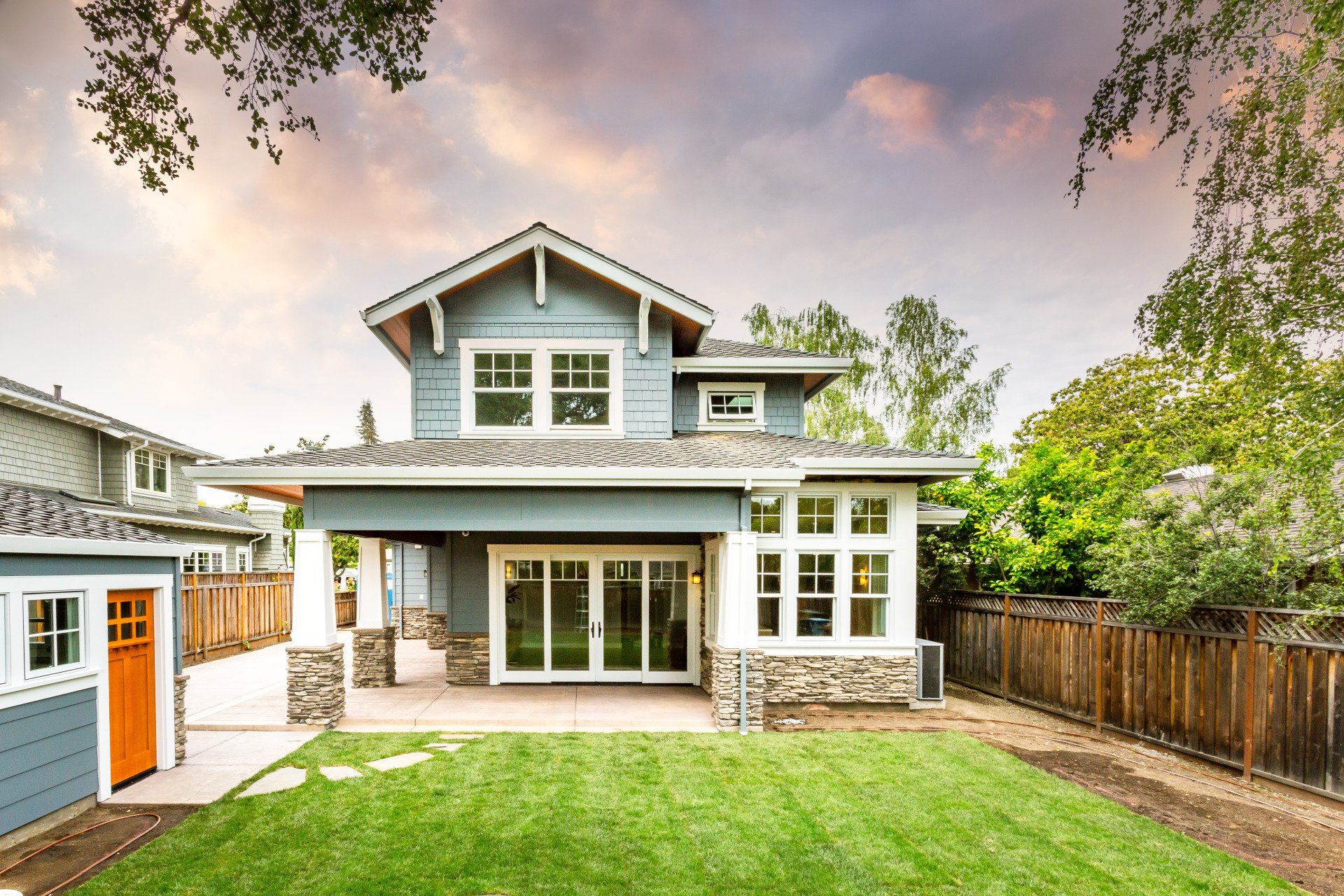Although invoices and billing protocols aren’t topics that usually get people jumping with excitement, they are subjects that we often receive questions about. One of the most common questions we encounter from clients looking for a custom built home in the Bay Area is regarding our billing process and how it works.
Below, we discuss everything you need to know about our billing process, from the moment we sign the contract to beginning the actual construction, change orders, to our management fees structure.
Signing on the Dotted Line
Upon signing our contract, we require a $1,000 deposit. That deposit will be applied/credited toward your first project bill.
The project proposal/estimate that we provide (and that our client approves) gives a breakdown of the line item costs established in the contract.
It is on these line items that our invoices will be based.
Clients will typically start to receive invoices every two weeks via email once we officially begin working on their project. The invoices issued will include progress payments for work that has already occurred (or in “arrears,” as we like to say). Once an invoice has been issued, we ask that payments be made within 7 days, either electronically (through a link in our invoicing email) or by check.
While we don’t charge for work that has not already been completed, orders for items such as cabinets, windows, plumbing fixtures, and appliances require a
50% deposit.
Direct Billed Expenses
There are certain custom home building expenses that are not factored into our contracts and are paid directly by the client (or paid by us on their behalf, for which we are then reimbursed). Examples of these expenses include:
- Architectural fees
- Engineering costs
- Soil engineering/testing
- Surveying/special inspections
- Legal fees
- HERS and other Green Building- or Title 24-required inspections/reports
- Building permits
- Utility design and hook-up fees (PG&E, water, sewer, cable, etc.)
Change Orders
Change Orders inherently have a scary connotation, but they are simple and straightforward when building a custom home with our team. In our projects, Change Orders can occur when the client adds or changes something that either costs more in materials or labor.
If there are change orders during the project (adding more windows or recessed lights or a different style of cabinetry, etc.), these price additions will be included in the progress payments as they occur and after they are approved in writing by the client.
Management Fee
Our custom home builder management fee, which includes our profit and overhead, is generally 15% but can vary slightly by project. The 15% fee is evenly distributed throughout the project’s billing cycles.
For instance, there would be approximately 27 billings for a project that takes 52 weeks to complete. Our management fee is then divided by 27, keeping the fee consistent across each invoice. This keeps our cash flow consistent without the fluctuations of smaller or larger progress bills.
If You Have a Construction Loan
The billing process looks a little different for those with a construction loan. Bank policies only allow clients with construction loans to be billed once a month rather than every two weeks.
Before lenders release additional fundings for monthly payments, private bank inspectors are sent out to assess the progress of construction at the jobsite.
The Supple Homes team strives to keep billing for luxury custom homes as transparent and simple as possible, prioritizing clear, open communication with clients to avoid surprises and ensure total satisfaction after every project’s completion. If you have additional questions about our billing process or any of the fees listed above, we’re here to help!
